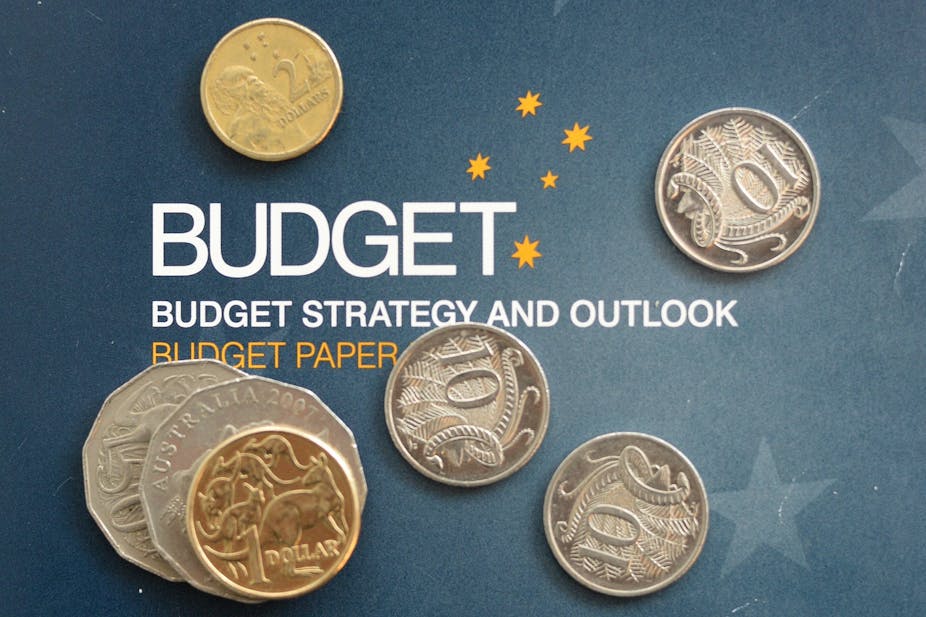One of the few real surprises in the budget was the creation of medical research future fund, to be partly funded by the introduction of a $7 GP co-payment. This injection of money provides an opportunity think strategically about role and direction of Australia’s medical research effort.
To be invested and managed by the Future Fund Board of Guardians, all estimated savings from health expenditure announced in Tuesday’s budget flow into the fund until it reaches $20 billion. It will also include $1 billion of uncommitted money in the existing health and hospital fund.
Establishment is subject to legislation passing through parliament and capital and ongoing gains will be preserved in perpetuity. Net earnings will fund medical research priorities the following year, including through the National Health and Medical Research Council (NMHRC).
While further details are relatively scant, the Department of Finance indicates it will fund research across a wide spectrum including:
illness prevention and promote early intervention, reducing health costs while improving health outcomes and delivering better quality of life.
What this does not mention is any research into health system changes. When it comes to improving the health-care system, what’s needed is research that addresses issues that are relevant to current or future policy debates.
Missing research
But Australia seems better at writing reports about the potential for undertaking health services-focused research than actually doing the work.
Health services research was a central part of the 2013 Strategic Review of Health and Medical Research (McKeon Review), and has been called for in the 2012-13 Productivity Commission Annual Report, which argues “[p]olicy-making based on good evidence is central to improving community living standards.”
It was also mentioned in the recent National Commission of Audit report, which said Australia needs to “embed health and medical research in the health system” in order to “improve patient outcomes and deliver efficiencies”.
These aspirations are a long way from the current focus of Australian medical research, which looks more at petri dishes than patients. The most commonly used word in the synposes of grants given by the NHMRC from 2004 to 2012, for instance, is “cells”, which reflects its strong biomedical focus.

Most of the NHMRC-funded medical research institutes, over 40% of project grants and the majority of fellowships funding flow to basic science. Health services research constitutes less than 10% of overall funding.
Evidence-free health policy debate
Take the recent debate on the merits of introducing a co-payment for GP visits. It’s hard to know its potential impact on use, particularly among those on lower incomes. And to what degree it may transfer costs to other sectors, for instance, by people going to hospital emergency departments instead. Surely, it’s evidence on these factors that should frame and inform any policy debate.
The introduction of a $7 co-payment in the budget provides the opportunity to evaluate impact, but that would require research involving information collection from a representative sample of Australians and using administrative data to see how health-care usage changes.
Getting this type of research funded through the existing NHMRC grant funding system is problematic. Its investigator-initiated funding model requires researchers to apply to undertake research, rather than the NHMRC commissioning important topics to work on.
Pragmatic research designs that address important questions don’t often fair well in its grant evaluation processes. Even if the research does receive NHMRC funding, the earliest such a project could commence would be in early 2016, precluding any opportunity to collect data before and after the introduction of the co-payment in July 2015.
An evidence-based alternative
You don’t have to look far for a vision of better funding system for health services and systems research in Australia. It was one of the major themes of the McKeon review, which focused on better aligning research to deliver health-system impact.
The review suggested funding health services research by setting aside a proportion of existing funds by:
• quarantining a proportion of NHMRC research for “top-down strategic research”
• establishing an influential institute of health services research and
• boosting fellowships targeted at disciplines that undertake health services research.
If this had been implemented, an institute of health services research or the NHMRC could already be commissioning the collection of special studies to examine the impact of the GP co-payment. Unfortunately, few of the McKeon recommendations have been put into practice to date.
Only a small fraction of the medical research future fund would be required to kick start a systematic research effort aimed at improving key aspects of our health system. Surely, some of the funds from all Australians who will be paying the GP co-payment should be used to study its effects and thereby help directly improve our health care system.

